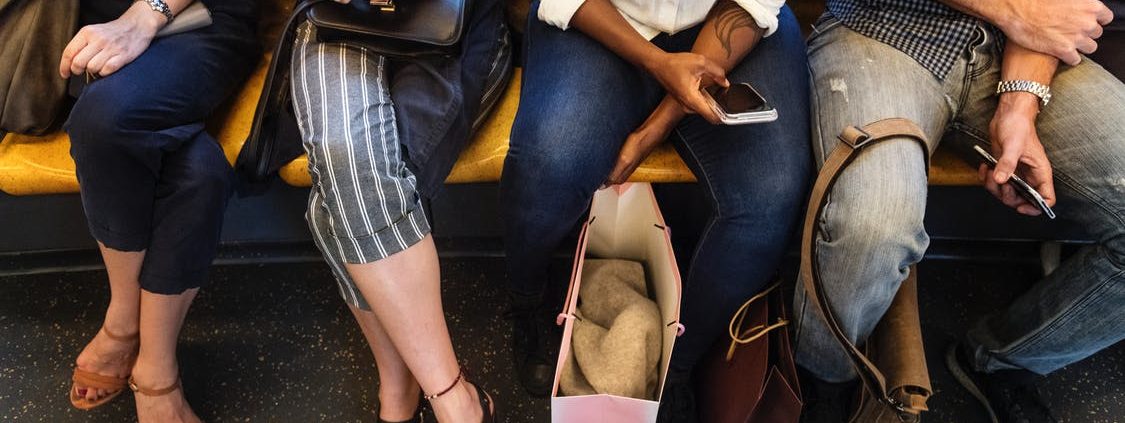Mental health and social anxiety
Should mental health begin by understanding social anxiety?
Driving today I heard an excellent radio interview with singer Jane Hendry on the topic of her release of ‘Mirror’. The song, inspired by a poem of the same title by Sylvia Plath, is described as an expression of the “hunger for self affirmation through the saccharine veils of social media”. The studio discussion led further into matters of self esteem and the negative influence of social media as it compels people to spend time and energy checking in, responding to others and creating personal ‘stuff’ to ignite the interest of such others. I feel it’s time to recognise this fickle ‘mirror’ that has taken hold of so many lives, so frequently leading to emotional pain and physiological exhaustion.
This topic is food for serious thought, particularly at this time of October, the month of mental health awareness. To be attentive to the rise in mental health issues, we need to consider the complexities of the human mind and the existential coping strategies people employ. Stress in life leads to reactions – primarily fear and anxiety – which in turn lead to avoidance, isolation, loneliness, negative thoughts and rumination, self harm and depression, with a high risk of suicide.
I believe strongly that self esteem – lost or never found – is very likely the prime mover of these emotional reactions. The possibility of human rejection is humanity’s deepest fear. People crave the security of acceptance within their ‘tribe’ and Western society does little to provide that security. In former times, social interaction took place mostly face to face and usually with some consideration of individual circumstances and personal feelings. Any experience of social competitiveness, jealousy, criticism, judgment, rejection and exclusion can cause immense pain. There is no doubt that the ‘free for all’ manner of social interaction of today has the blatant power to instigate personal pain 24/7, at the tips of unkind fingers and insensitive minds.
In the real world, life is a mix of joy, sorrow, change, uncertainty, loss, grief, regret and achievement to name merely a few human emotional experiences. Body, mind and spirit are affected and so the mind, our rational mind, attempts to deal with these elements.
So how does the human mind respond? Do some forge ahead and deal with each issue as it occurs, riding the waves of hope and despair? Do some retreat, preserving themselves from further pain? Do people seek (or indeed risk) the comfort of personal disclosure within friendship in the manner of RUOK? Or seek professional counsel? Do people have the practical and emotional support of family? Are many very much alone in the pain that disturbs their mind? Are too many alone, left with the physically debilitating symptoms and life limitations that come with that pain? And what indeed, is that kind of pain?
One of the most common expressions of fear presents itself for many as social anxiety, perhaps the primary factor surrounding mental health disturbance. The smallest hurt can trigger great suffering, begetting the mental ‘illness’ of social phobia – an unfortunate title that carries a simplistic understanding of the compelling nature of this anxiety reaction.
There is no doubt that social phobia begins with emotional pain. This pain may be formed within early childhood or at any time of life and lived with – until personal insecurity is heightened by extraordinary stress, loss, grief or trauma. Whatever the ‘cause’, something in one’s life has raised anxiety to the point where the body begins to generate the alarming reactions surrounding panic and a sense of losing control within the mind. So follows the desire to retreat from social interaction, for fear of somehow ‘falling apart’ leading to further judgment, criticism and rejection. To preserve security and for personal protection, avoidance then becomes a way of life.
There is a warning to heed here because the more avoidance is practised, the more the tentacles of fear spread to other objects or situations: fear of any social gathering or public exposure may include the fear of eating in company, fear of writing or signing one’s name in view of another, fear of crowded places, fear of expressing oneself and any involvement in public view. And so fear gains strength, personal power diminishes and negative beliefs increase as fear invades whole of life situations: a claustrophobic fear of flying, or using elevators or public rest rooms, fear of being alone, fear of new places … and more … very likely escalating to full blown panic and potentially the agoraphobic reaction, the most lonely and life-limiting reaction of all.
I have seen this pattern time and again since I explored fear following my own experience of agoraphobia many years ago¹. And I emphasise again – anxiety as a mental illness begins as the fear of losing personal control. While it’s true to say that social anxiety and social phobia has undoubtedly existed for time immemorial, combined with 21stC pressures it is little wonder that now we hear so regularly of excessive levels of anxiety within the community, more and more incidences of depression, increased mental illness and high statistics surrounding the frequency of suicide.
Let’s understand the implications of Social Phobia. And among other measures of healing, let’s take a long hard look at the side effects of Social Media. Its name belies its purpose because this virtual interaction may well be the most anti-social medium of all.
Pauline McKinnon (c)
Melbourne, October 2018
¹In Stillness Conquer Fear: Pauline McKinnon, Garratt Publishing 1983, 2016




